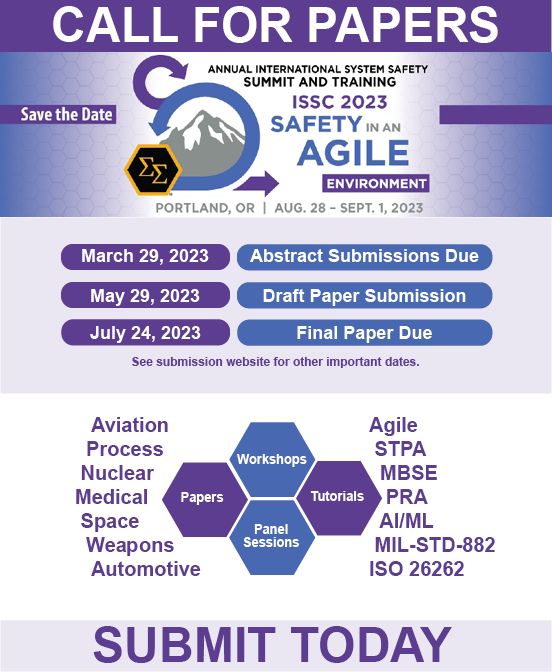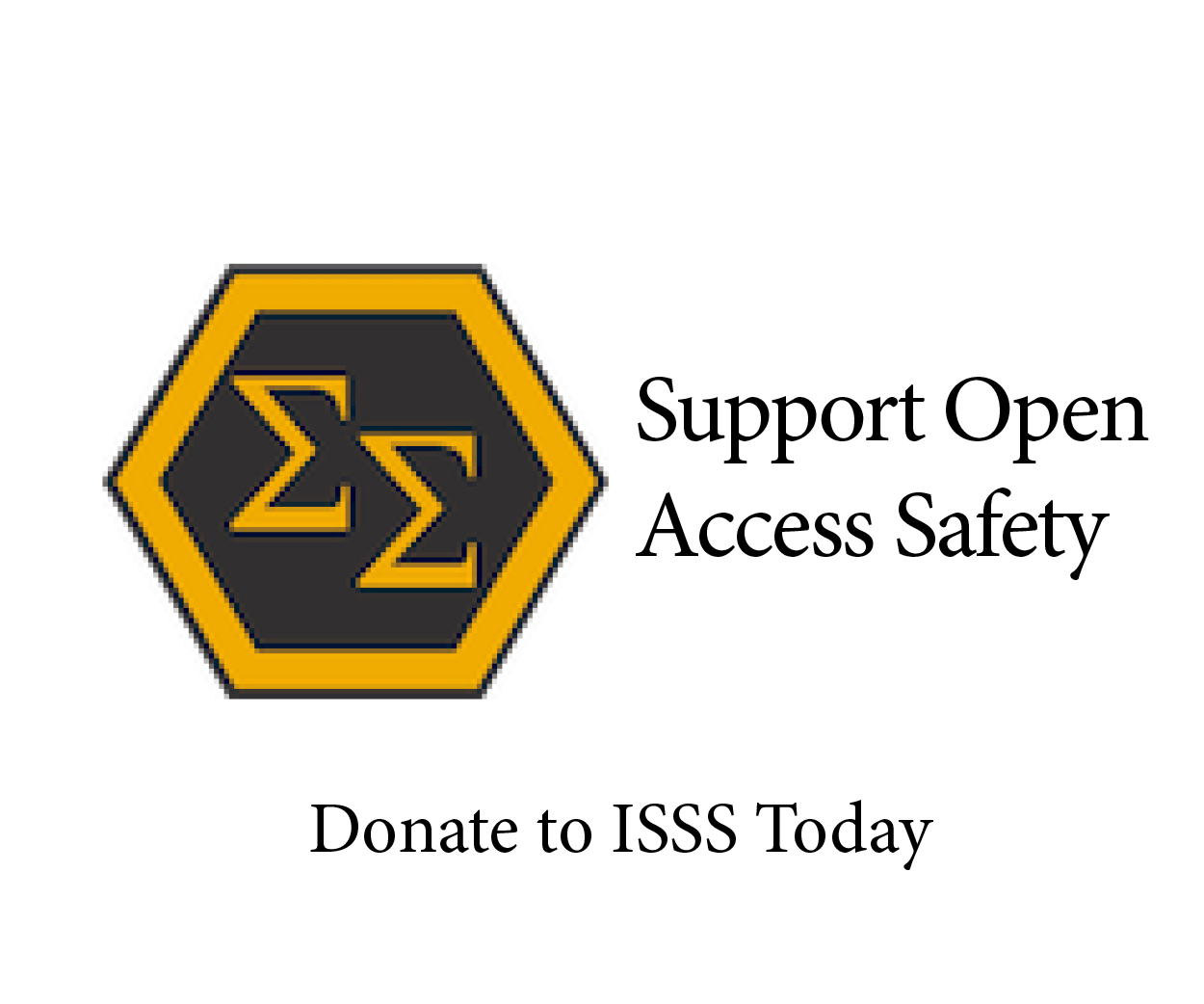System Safety in Healthcare
The Challenges of Sign-offs
Keywords:
healthcare, sign-off, human error, computersAbstract
With increasing demand for efficiency and productivity from a clinical team that’s often overworked and understaffed, provision of seamless patient care is challenging. Clinicians need to hand off — or sign off — essential information to the next provider to help transition care. An effective hand-off supports the transition of critical information, along with continuity of care and treatment. This article offers an overview of sign-offs, hazards and suggestions for quality improvement initiatives, as well as recommendations for potential remedies.
References
Makary, Martin, M.D. “What Hospitals Won’t Tell You and How Transparency Can Revolutionize Healthcare,” March 24, 2013, http://articles.mercola.com/sites/articles/archive/2013/03/24/modern-medical-errors.aspx
Buppert, Carolyn. “Electronic Medical Records: 18 Ways to Reduce Legal Risks,” Topics in Advanced Practice Nursing eJournal, January 13, 2010, http://www.medscape.com/viewarticle/714812_1
Roberts, Laura and Amy Bailie Muckler. “Electronic Health Records – Auditing Quality and Compliance,” American Health Lawyers Association, http://www.healthlawyers.org/Events/Programs/Materials/Documents/FC12/205_muckler_roberts_slides.pdf, accessed on October 10, 2014.
Raheja, Dev. “System Safety in Healthcare: Preliminary Hazard Analysis for Minimizing Sentinel, Adverse and Never Event,” Journal of System Safety, July-August 2009.
Raheja, Dev, and Maria C. Escano, M.D. “Reducing Patient Healthcare Safety Risks Through Fault Tree Analysis,” Journal of System Safety, September-October 2009.
Zhani, Elizabeth Eaken. “Hospitals Still Far from Being Highly Reliable,” The Milbank Quarterly, September 17, 2013.

Downloads
Published
How to Cite
Issue
Section
Categories
License

This work is licensed under a Creative Commons Attribution-NoDerivatives 4.0 International License.









